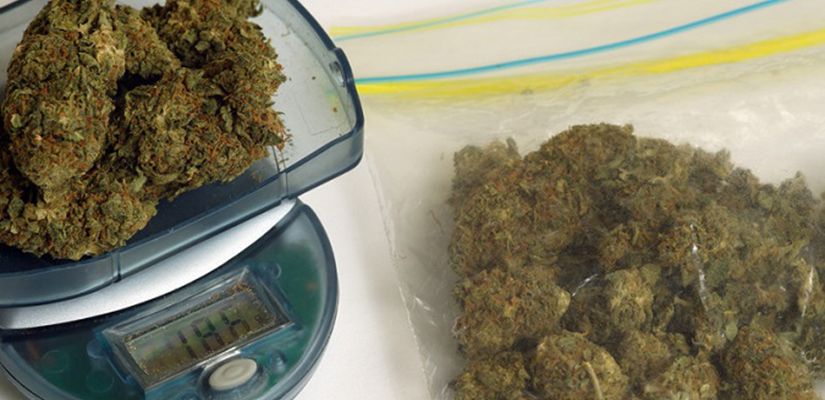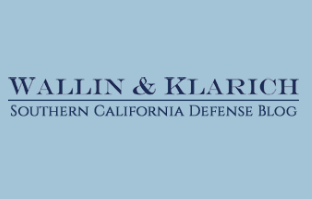The US Supreme Court’s recent opinion in Morse v. Frederick brings to the forefront how far a public school may properly go in restricting student speech.
In this case, Joseph Frederick was a student at a public high school in Juneau, Alaska, and, on January 24, 2002, the Olympic torch was due to pass in front of Mr. Frederick’s high school, en route to the winter games in Salt Lake City, Utah. Students at the school were permitted by school officials to stand on the sidewalk outside the school to watch the torch relay, which took place during regular school hours. As the torch neared the school, Mr. Frederick, and other students, unfurled a 14 foot banner that read “BONG HITS 4 JESUS.” Principal Deborah Morse saw the sign, which was visible to other students lining the sidewalks on either side of the street in front of the school, and approached Mr. Frederick and the other students and instructed them to take the banner down. The other students complied, but Mr. Frederick did not. Mr. Frederick was summoned to Ms. Morse’s office and suspended for 10 days from school. Ms. Morse stated that she acted consistent with a school policy that expressly forbids students from advocating “the use of substances that are illegal to minors.”
The first issue the Court addressed was whether the activity was a “school activity,” thereby permitting Ms. Morse to apply school rules to Mr. Frederick’s conduct. The Court had no difficulty in determining that the activity was a school activity, given the fact that the students were assembled during the school day and were supervised in the activity by school officials.
The next issue was whether the banner unfurled by Frederick and company advocated the use of illegal drugs. The Court, once again, had no problem finding that the banner advocated drug use, and that any person who saw the banner would realize that it advocated drug use or, at the very least, celebrated illegal drug use (while this point may be arguable and a minority of the Court’s Justices believed that the sign was not so specific, the majority of the Court’s Justices found that the message advocated or celebrated the use of illegal drugs).
Finally, the Court dealt with the somewhat thornier issue of whether the principal’s actions violated Mr. Frederick’s right to free speech under the First Amendment to the US Constitution. Put simply, the Court had to determine how far the First Amendment extends to protect public school students from school officials’ attempts to limit their speech, and, whether the officials went too far in this case.
The Court began by reviewing some of its prior opinions for guidance. One of the Court’s earliest school speech cases, Tinker v. Des Moines School District, seemed to set forth a blanket rule that was very permissive of a student’s right to free speech by saying that student speech cannot be limited unless the school reasonably concludes that the speech in issue “materially and substantially disrupt[s] the work and discipline of the school.” Tinker dealt with students who were punished for wearing black armbands in order to protest the involvement of the United States in the Vietnam War, and the Court, finding in favor of the students in the case, seemed swayed by the fact that the students were sending a political message and by the fact that the students’ actions were, for all intents and purposes, silent.
The Court then looked to a later case, Bethel School District v. Fraser, a case involving a student that gave a speech at a school assembly that involved “elaborate, graphic, and explicit sexual metaphor[s].” The Court ruled in favor of the school in the Fraser case, in spite of the fact that, it would seem, the graphic nature of the speech did not “materially and substantially disrupt the work and discipline of the school.” Put simply, the Court applied a rule that was more restrictive of student free speech rights than it had applied previously in the Tinker case.
The Court, in attempting to synthesize the rulings in these two cases and fashion a rule to apply in this case, determined that, while students in public schools do enjoy First Amendment rights, those rights are not the same rights enjoyed by adults in other settings. The Court noted, for instance, that the “graphic” speech given by the student in Fraser would have been protected by the First Amendment had it been given by an adult in a public forum, but, since the speech was given by a student in school; the school could step in to act to prevent or punish the speech, consistent with the educational mission of the school. The Court went on to state that the more “protective” rule, applied in the Tinker case, does not apply in all school freedom of speech cases, and that, while students do not “shed their constitutional rights at the schoolhouse gate,” the determination of how far those rights extend for students is made by looking at what is appropriate for children in school.
The Court then went on to examine the facts of this case in light of these principles of law, and determined that the school did not violate Mr. Frederick’s First Amendment rights. The Court noted that a school has an important, and even a compelling pedagogical interest, in deterring drug use by school children and that the banner unfurled by Mr. Frederick was reasonably understood by school officials and students to advocate or celebrate the use of illegal drugs. The Court determined that, had the school failed to act to remove the banner, it would have sent a powerful message to students, including Mr. Frederick, that the school is not serious about deterring illegal drug use. It would seem from the Court’s discussion, and especially its discussion of the Tinker case, that this case might have come down differently had Mr. Frederick’s sign advocated a change in US drug laws or US drug policy, since, under those facts, the case would have been more analogous to the “political” message that the students in the Tinker case sought to send; however, since the Court viewed the sign as advocating or celebrating illegal drug use, the Court’s decision gave more leeway to the principal of the school, and applied a more “forgiving” standard of review to the actions of school officials here.
In case your are curious as to why our firm – a criminal defense firm – has chosen to write about a “non-criminal” case like this, you should know that Wallin & Klarich is one of the few firms with attorneys who have experience defending children in school expulsion and suspension hearings. The expulsion/suspension process is not a judicial action but an administrative matter; as such there are no rules of evidence and virtually none of the constitutional protections that you may be accustomed to seeing in court hearings and trials.
These proceedings consist of two phases or parts. The first part is called a “panel hearing” and consists of three teachers from another school within the district who listen to testimony and evidence from school officials, and testimony and evidence introduced by and on behalf of the student. The panel then makes a recommendation to the school board. The panel could recommend that the child be returned to the school, suspended from the school, expelled from the district or be transferred to another school within the district.
The second phase is the school board review. Notwithstanding what the panel recommends, it is the school board that makes the final decision regarding disposition of the student’s case. Even if the student commits an offense where expulsion is required by law, the school board still has the power to “suspend” the expulsion (i.e., stop the expulsion from occurring). Normally only limited testimony is received at the school board review stage, since the board will generally rely on the transcripts from the panel hearing in reaching its decision.
While this process may appear intimidating, an experience attorney can negotiate the matter with the goal of keeping a child in his or her current school or district.



